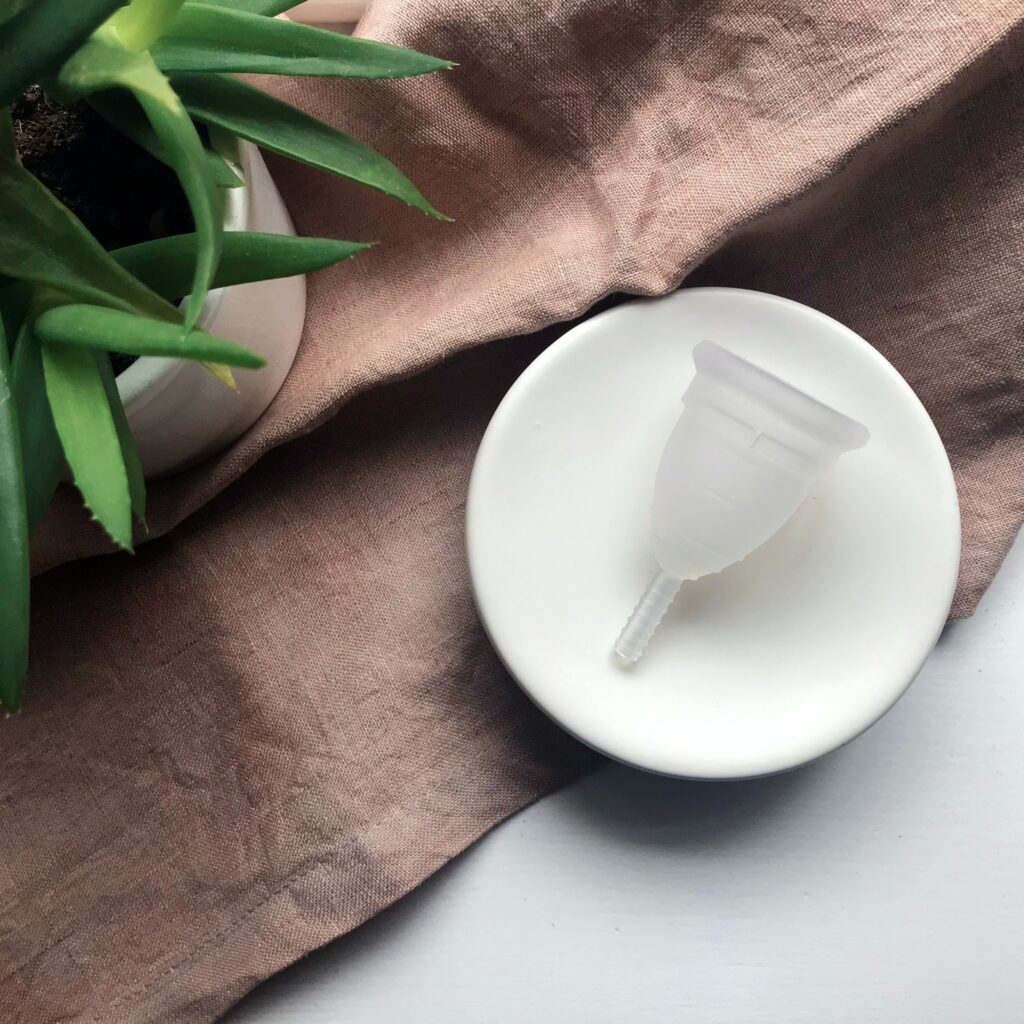This goes without saying, but mastering your menstrual cycle is key to a healthy, thriving female body. After all, it’s your fifth vital sign! Whether you’ve recently been diagnosed with a hormone imbalance, or you’re planning to wean off birth control soon, supporting your cycle is one of the most empowering things you can do for you body. Today, we’re diving into the follicular phase—the first half of your cycle. But is your follicular phase normal? And how do you know? If you suspect your follicular phase is too short, fear not! We’re unravelling the secrets to lengthen your follicular phase, empowering you with the tools to optimize your reproductive health. A healthier menstrual cycle is around the corner.

what is the follicular phase?
For a refresher, the menstrual cycle consists of several phases, starting with the follicular phase. It’s followed by ovulation, then the luteal phase. The follicular phase begins on the first day of menstruation (the first day you bleed) and ends with ovulation. During this phase—the longest part of your monthly menstrual cycle—follicles in the ovaries mature and prepare to release an egg. With that in mind, the end of your follicular phase is a particularly fertile time period, when your odds of getting pregnant are high!
Signs of a Short Follicular Phase
Typically, a healthy follicular phase lasts between 12-18 days. If you currently track your cycle and your follicular phase consistently falls below this range, it’s possible there’s a hormonal imbalance at play (your healthcare provider can diagnose this for you). With a short follicular phase, you may notice a couple of tell-tale signs: a short overall menstrual cycle—a cycle consistently lasts less than 21 days—and difficulty conceiving. Reason being, a shortened follicular phase can affect fertility, as the insufficient time for follicle development and maturation can impair the release of a viable egg.

Tips to Lengthen Your Follicular Phase
With that in mind, what are ways you can lengthen your follicular phase—naturally? Between a nourishing diet and supportive lifestyle habits, you can create an optimal environment for a normal follicular phase. As a Nutrition Consultant and woman with PCOS, below are tried-and-true tips!
Eat a Balanced Diet
Proper nutrition plays a vital role in supporting hormonal balance and a healthy menstrual cycle. Include nutrient-rich foods such as adequate protein, low-glycemic fruits, fiber-rich vegetables, and healthy fats in your diet. Additionally, consider incorporating foods rich in B vitamins, vitamin C, vitamin E, zinc, and magnesium, as these nutrients are essential for hormone production and regulation. Last but not least, keeping blood sugar stable is essential for hormone health.
Manage Stress Levels
Inevitably, chronic stress can disrupt hormonal balance and negatively impact your menstrual cycle. Incorporate stress-reducing techniques like meditation, yoga, deep breathing exercises, or engaging in hobbies you enjoy. Prioritize self-care and ensure you get quality sleep (7-9 hours) to support your body’s natural rhythms.
Maintain a Healthy Weight
Excessive weight loss (or weight gain) will disrupt hormonal balance and affect the length of your follicular phase. Aim to maintain a healthy weight through a balanced diet and regular strength training. Consult a healthcare professional—or we can work together!—to determine an appropriate weight range for your body. Particularly, consider whether or not you’re eating enough to support a healthy follicular phase.
Consider Herbal Support
Certain herbs and supplements may support hormonal balance and lengthen the follicular phase. These include maca root, chasteberry (Vitex), evening primrose oil, and dong quai. However, it’s important to consult with a healthcare professional before incorporating any new supplements into your routine.
Track Your Cycle
If you aren’t already tracking your cycle, now’s the time! Keep a menstrual cycle diary or use a reliable fertility tracking app (I love Clue) to monitor the length of your cycles and identify any patterns or changes. Tracking your cycle will help you understand if your follicular phase is consistently shorter than usual and assist you in evaluating the effectiveness of any interventions.

Consider seed cycling
Another way to improve the length of your follicular phase? Seed cycling. In essence, it’s a natural method of hormone balance. It involves eating specific types of seeds throughout your menstrual cycle. This practice is gaining popularity in the wellness world. Small studies show that seed cycling can support women’s hormonal health by promoting balanced estrogen and progesterone levels throughout the menstrual cycle. Why is this important? Because imbalances in these hormones can lead to a variety of symptoms—irregular periods (PCOS), mood swings, and shortened follicular phases! See here for my guide on how to seed cycle with ease.

You can improve your menstrual cycle
Ultimately, a healthy and balanced follicular phase is crucial for reproductive health—whether or not you plan to conceive in the future! If you suspect your follicular phase is too short, fortunately there are natural ways to length it. By eating a balanced, nutrient-dense diet, managing stress, maintaining a healthy weight, and considering herbal support, you can positively influence your hormones. When in doubt, chat with your healthcare professionals to tailor interventions to your specific needs. Otherwise, reach out to me! I am currently taking on health coaching clients.
This article is for informational purposes only. It is not, nor is it intended to be, a substitute for professional medical advice, diagnosis, or treatment and we recommend that you always consult with your healthcare provider.



Leave a Reply